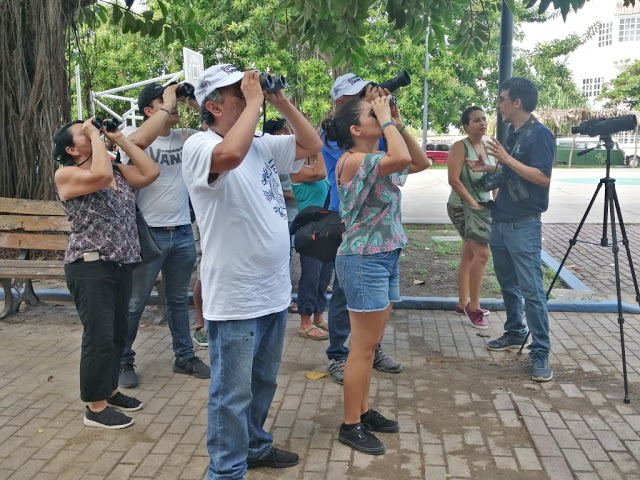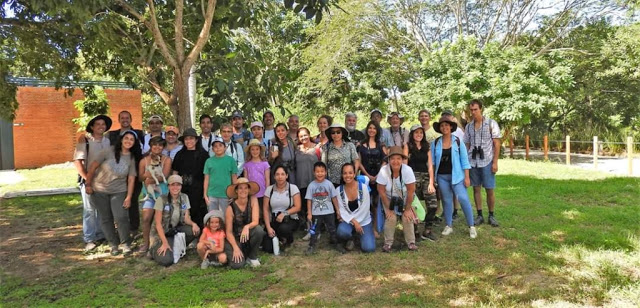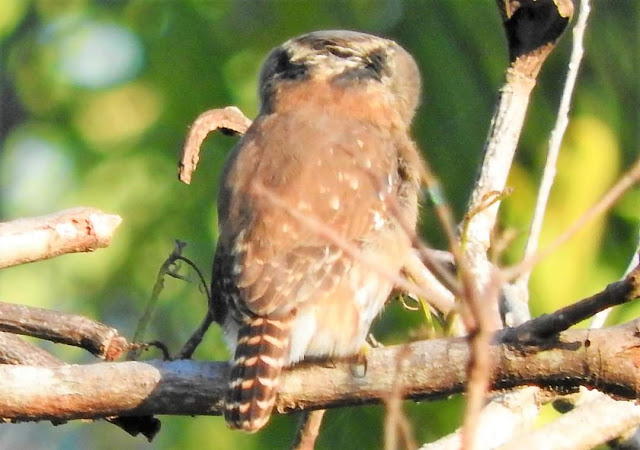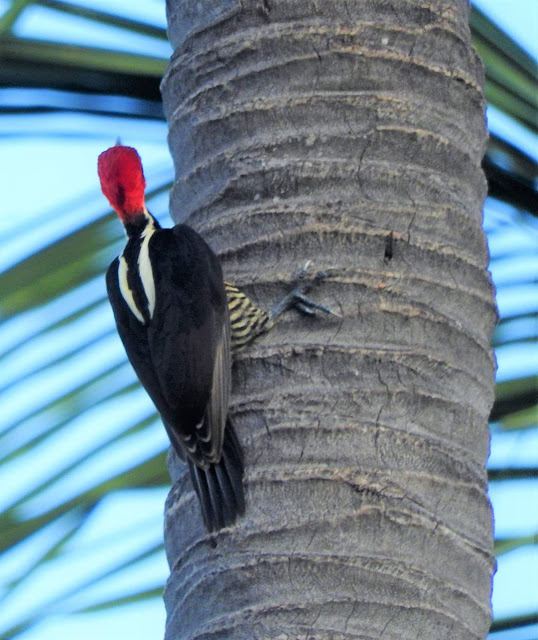Riviera Nayarit birders seek to conserve the habitat for endemic and migratory bird species
- Bird watching is an activity that grows in popularity year after year, says biologist Luis Morales, general director of the San Pancho Bird Observatory.
Bird watching is one of the Riviera Nayarit’s main attractions and it’s becoming more popular year after year. It involves an intensive influx of foreign specialists who are attracted not only by the species endemic to the region but also to the migratory birds flocking in from North America. Thus, the importance of avoiding as much as possible the use of non-recyclable plastics to conserve these species’ habitat.
This, according to biologist Luis Morales-Vallín, general director of the San Pancho Bird Observatory (OASP), who shared his thoughts during the activities surrounding the III Festival of Migratory Birds 2019, held in what’s known as the “Cultural Capital” of the Riviera Nayarit.
There were several experts present during the event who talked about different topics related to the issue of the extraction and sale of songbirds as well as the possession, management, and release of protected species. They also focused on the topic of plastic contamination as part of the observation of World Migratory Bird Day (WMBD), which celebrated “Protect Birds: Be the Solution to Plastic.”

Morales added that every year at least 8 million tons of plastic make their way to the oceans and other bodies of water, corresponding to one third of the total production of non-recyclable plastics in the world. This material ends up in the stomachs of birds, fish, and whales, not to mention on the bottom and the water itself.
“The goal is to create public awareness around this serious problem, since it’s estimated that 90% of the world’s seabirds have pieces of plastic in their bowels, and 1 million seabirds die each year from the effects of plastic,” he stressed. “And this trend is on the rise.”

New species Riviera Nayarit
Luis Morales-Vallín said there are approximately 350 species of birds registered in Banderas Bay, of these, 300 are in the area of San Francisco (San Pancho.) “This represents 3% of the diversity of birds in the entire world.”
On the other hand, he added, for years we’ve been following a monitoring program for migratory birds, consisting of the banding of a few specimens from priority species. This allows birders to discover new species.

“There are certain types of hummingbirds in this area, such as the ‘hermit hummingbird,’ that are very rare. A few weeks ago, we even came across a rare dove called the ‘brown dove;’ we don’t see them around here very much. We’ve also encountered nocturnal birds, including an owl we just found at La Patrona’s beach club known as the Nictibio or ‘Stake Bird.’” This owl is new on the Banderas Bay registry, especially in San Blas as it had only ever been observed in San Blas.
Other priority species specimens have also been registered, including the “yellow-breasted chat,” which Canadians consider a priority species as it’s endangered in the area of British Colombia where it reproduces. There’s a vested interest for this particular bird to reproduce more in the area of San Pancho.

Last but not least, the biologist highlighted the activities sponsored by the OASP, which include birdwatching tours, workshops, and monitoring programs.
For more information regarding the activities done by the San Pancho Bird Observatory (OASP), please visit www.birdingsanpancho.net.
###
The Riviera Nayarit Convention and Visitors Bureau (CVB) and the Bahía de Banderas Hotel and Motel Association (AHMBB) reaffirm their commitment to the strategic promotion of the destination, pursuing areas of opportunity and consolidating new markets to increase the number of incoming tourists, together with the support of the Government of the State of Nayarit via the Tourism Promotion Trust (Fiprotur).



